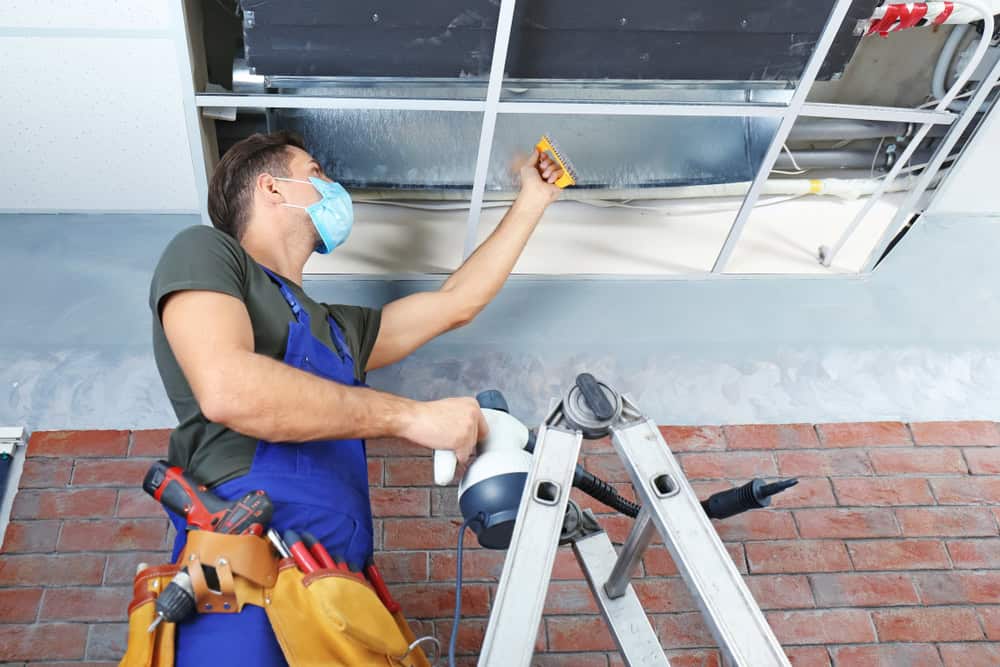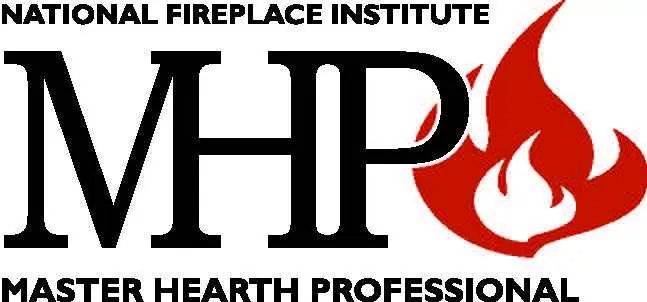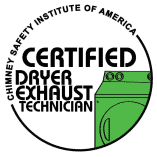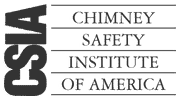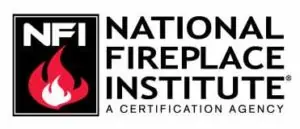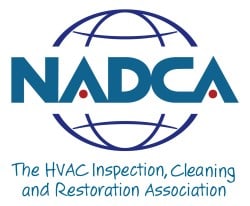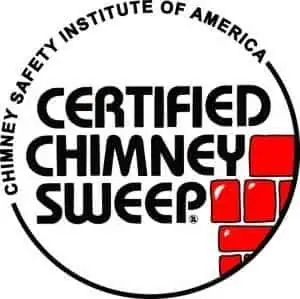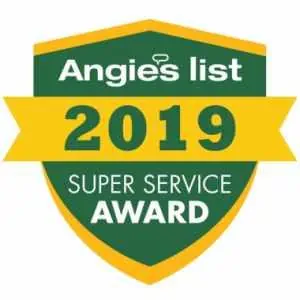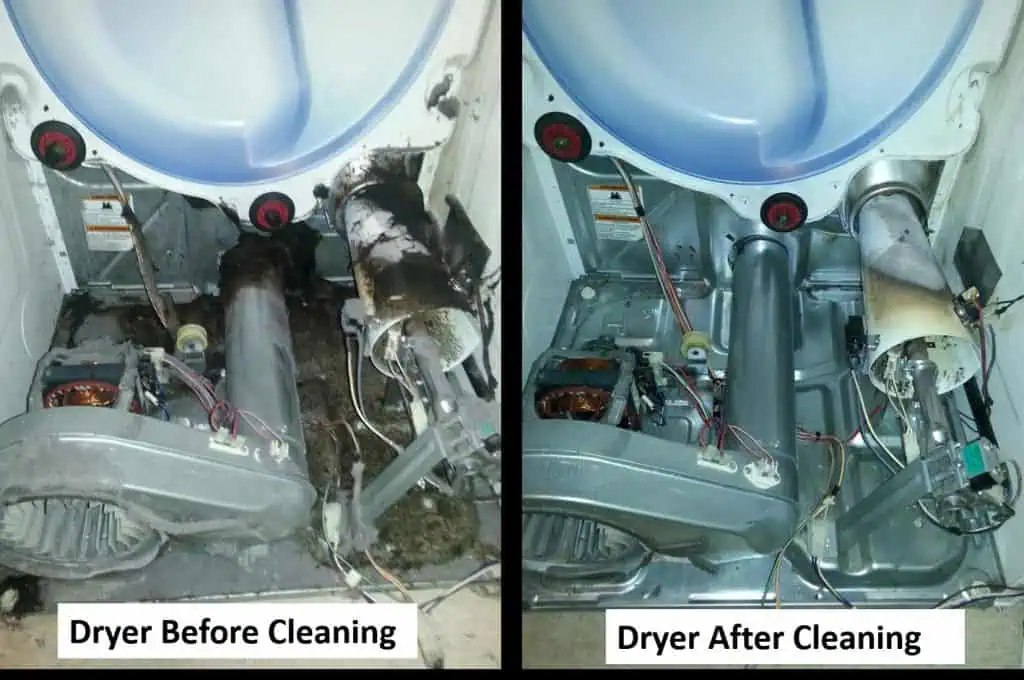The Indoor Air Quality Experts Certifications
- Each Apex Technician is highly certified and uses the most state-of-the-art equipment.
- Our Technicians are Chimney Sweep Certified by The Chimney Safety Institute of America – the only nationally certified program in the country.
- Certified Dryer Exhaust Technician – Chimney Safety Institute of America, CSIA.
- NADCA Certified – The HVAC Inspection, Cleaning and Restoration Association.
- To learn more about certifications and requirements: www.CSIA.org & www.NADCA.com
